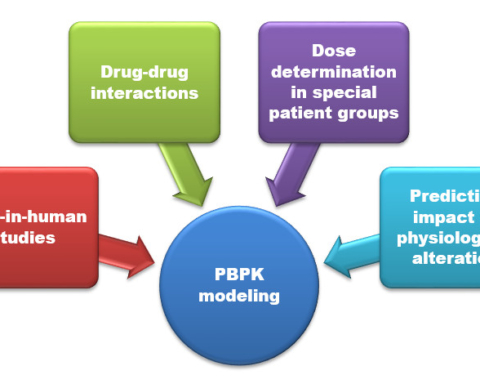Tolerance may be defined as either (1) the loss of effect over time to the same dose of a drug or (2) the need for more of a drug over time to get the same effect. Tolerance, at first, appears counterintuitive because addition of more of an activating ligand lessens the elicited response.
[wp_ad_camp_5] Recall, however, that receptor number and receptor sensitivity are dynamic and that signaling can adjust based on the conditions of ligand availability. Given that drugs often times act as a replacement for endogenous ligands or alter the response to endogenous ligands, it is possible that drugs may change receptor activity. Tolerance, therefore, is a normal response reflecting the body’s ability to adapt to the presence of a drug.
Tolerance may be pharmacokinetic in origin, but is most often related to drug own metabolism and thus decreases concentration of drug at the site of action. Pharmacodynamic tolerance arises as a result of adaptive changes in receptor sensitivity in response to repeated exposure to a particular drug. The result is usually a decrease or loss of sensitivity to the drug, resulting in a decreased response. Adaptive changes may be related to receptor downregulation, cellular adaptation, or tachyphylaxis (a rapidly decreasing response to a drug after administration of a few doses).
Tolerance to the analgesic effects of morphine is fairly rapid and also is a good example of drug tolerance.






